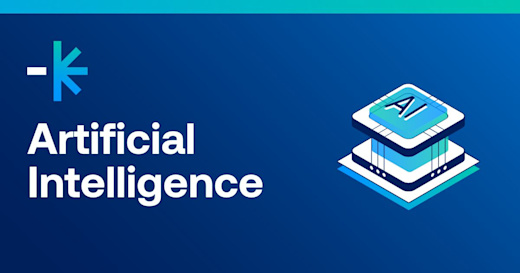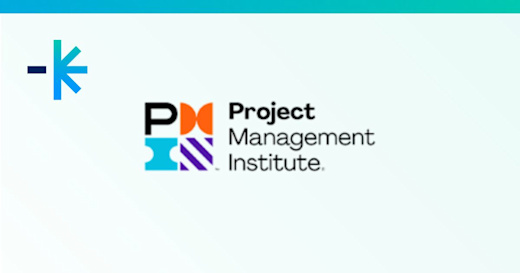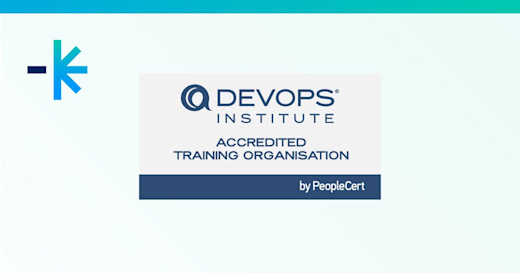Collaboration and productivity are key ingredients to a successful business. With an end user tool like Microsoft Teams, workplaces are sure to excel in both.
Following its launch in 2017, Microsoft Teams has become a global leading platform for team collaboration and communication. Adopted by over 330,000 companies worldwide (and integrated with Microsoft 365 and Office 365), it’s known as the fastest-growing app in Microsoft’s history – with features that cultivate a simplified, yet efficient online workspace.
On top of its innovative technology, Microsoft Teams is cloud-based; accessible anywhere through desktop or mobile applications on iOS or Android.
Its development has provided users with an effective alternative to platforms such as Slack – though the app has proved itself as far more than just another communication channel. Below, we explore all the business benefits Microsoft Teams has to offer, and why your workplace should get onboard.
Project management made easy
The ability to streamline team collaboration is one of Microsoft Teams’ most notable achievements.
The platform allows its users to divide information into specific channels; making access to certain documents, messages, and meetings exclusive to those particular channels. This helps users stay focused on projects or conversations under specific teams or recipients – and at the same time, reduces distraction from unimportant tasks or messages.
This organisation also saves you the effort of cleaning or filtering through a messy inbox; helping you and your workers focus on more productive tasks.
Being cloud-based, Teams allows its users to work on projects in real-time with other colleagues, eliminating the need for manual e-mail updates (and multiple versions of documents). Its features also allow for easy collaboration with users outside of your organisation (i.e. vendors, suppliers, or clients), with an option to invite them using their direct e-mail. Admins can place controls on what these “guest users” can access to secure your files, ensuring streamlined communication without putting your data at risk.
High accessibility and security
As mentioned, Microsoft Teams is accessible from anywhere and from any desktop or mobile device (on iOS or Android).
Users can continue their conversations on the go (either through voice, text, or video) through a handy mobile app that offers immediate access to all your files and chat messages. Of course, with its functions for high accessibility, Teams is also built with the highest cybersecurity standards possible – maintaining your digital safety while on the move.
Users must log in using the same process used for Office 365: through multi-factor authentication and secure guest access. Your data is also constantly encrypted, both in transit and at rest.
When collaborating with others, private and public settings among teams are also customisable; ensuring projects and conversations are only accessed by those authorised.
On top of file security, Teams provides a variety of other security controls – including retention policies, eDiscovery, data-loss prevention, and more. Their tools also meet the compliance standards set by HIPAA BAA, ISO 27018, ISO 27001, and SSAE 16 SOC 1 and 2 reports.
Improved productivity
Microsoft Teams is now a standard tool of Office 365, and thus has your common, everyday applications – including Word, PowerPoint, Excel, SharePoint, OneNote, and Outlook – fully integrated into its platform.
This allows for greater team productivity (and goes hand-in-hand with its seamless collaboration benefits); as workers can easily view, edit, and comment on the same Word documents, PowerPoint presentations, Excel spreadsheets, and more.
The platform offers additional functions to speed up other common work processes – these include a search function that quickly finds relevant data from past files or conversations, and automated invitations to all members of a team when scheduling virtual meetings.
Users are also provided with “slash commands” to perform quick actions within the app, making everyday tasks or functions quick and easy to activate. These are short phrases preceded by a forward slash (/), and are used for simple activities; such as setting one’s status to “Away” (using the “/away” command), viewing your unread activity (using the “/unread” command), and joining a new team (using the “/join” command).
Seamless team communication
Of course, much of Microsoft Teams’ success is owed to its streamlined, seamless communication among workers.
Along with individual channels for a specific project or team conversations, Teams provides all users with a general “Conversation” tab, where all logged-in members can share files and participate in discussions.
Mentions (identified with the “@” symbol) are also a key feature within general conversations and exclusive group chats. These tag specific members of your team in a message, notifying them of your text and ensuring they see it. These extend to tagging entire teams or even the entire channel – helping you get the attention of large groups when relaying crucial updates or information.
Communication isn’t limited to group chats and text messages, however. Teams can also host face-to-face discussions through video calling and screen-sharing. With the ability to host up to 10,000 users, the feature can also be used for company-wide meetings, conferences, and even training sessions.
Additionally, Teams streamlines the process of scheduling group meetings by syncing with all of its users’ calendars; conveniently suggesting times when all other attendees are free. When created, participants can then discuss these scheduled meetings in separate chat threads – setting goals, objectives, or uploading any relevant files or documents. Users can also adjust the privacy settings of these virtual meetings, making them private to a specific group – or open for anyone to join.
A thoughtful end user adoption process
Finally, those seeking to adopt Microsoft Teams will find its implementation as simple and user-friendly as possible. The platform has 20 programmed bots that function similarly to virtual chat agents, familiarising new users with the interface and the functions available to them – on top of automating menial tasks to improve productivity.
Each of these bots is given specific names and performed on artificial intelligence with specialised knowledge bases. Stats Bot, for example, can generate scheduled reports from various platforms such as Google Analytics and Microsoft Dynamics 365; Hipmunk helps with your travel plans in the case of overseas meetings or functions, and T-Bot helps by answering common questions regarding the Teams app.
Along with these virtual assistants, users are given an intuitive interface to navigate through. All teams are centralised in one place, helping you filter through your conversations as easily as possible. Each time a new team is created, the platform creates a shared selection of Office 365 tools to assist with the collaboration process (i.e. a Sharepoint team site, a shared OneNote notebook, and a shared planner).
Its uncomplicated design provides a smaller learning curve compared to other complex tools; making it a top pick among companies looking to quickly enhance their team communication and collaboration.
The ease of use of the technology can be complemented with a strong change management strategy that considers team member buy in along with product and process training. The training can provide team members with a walkthrough of the available tools and features of the end user applications. It can also establish standard operating procedures to help individuals identify when to use which specific tool based on organisational structure and data privacy guidelines.
Boost business operations with Microsoft Teams today!
Through its powerful, intuitive features and advanced teamwork capabilities, it’s no surprise that Microsoft Teams remains the top collaborative tool in modern business. The app’s integration with Office 365, cloud-based functions and enterprise-grade security simplifies any team’s communication and project management – with an easy setup process, to boot.
Those interested in implementing Microsoft Teams for their business can attend a one-day course with DDLS Australia; an intensive workshop that dives into all its crucial functions for optimising productivity in the workplace. At the end of the course, participants should be confident in all of the platform’s features – including the ability to create and customise teams, manage projects, host meetings and maintain productive team communication.
This workshop is divided into four lessons, each diving into a specific aspect of the platform, ensuring thorough training across all its available tools.
Enhance workplace productivity with Microsoft Teams, and enquire with us today. Access our Guide to End User Adoption to learn more about planning, training and frameworks you can use to successfully implement end user applications within your organisation.










